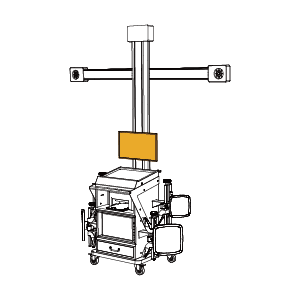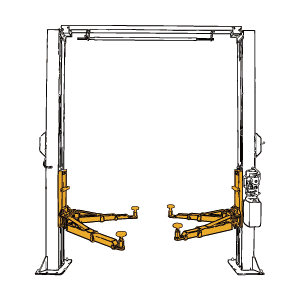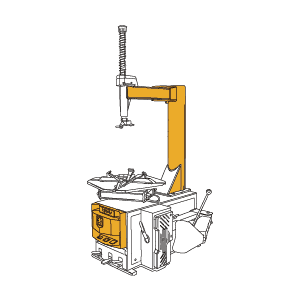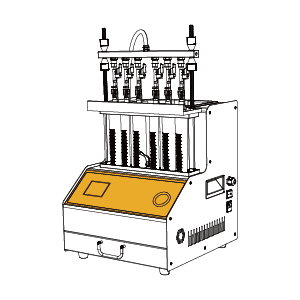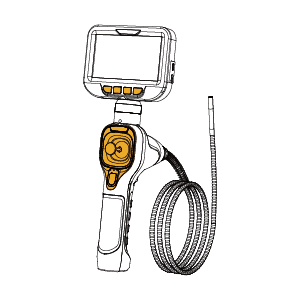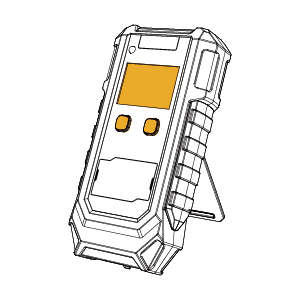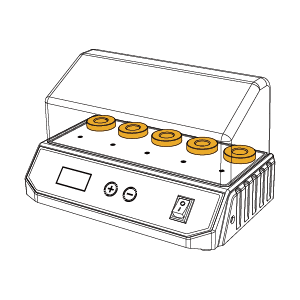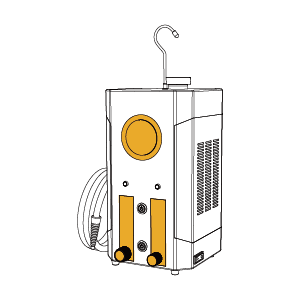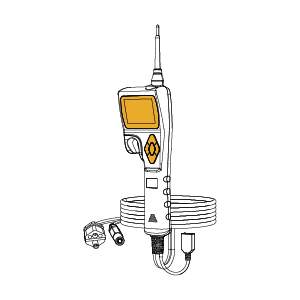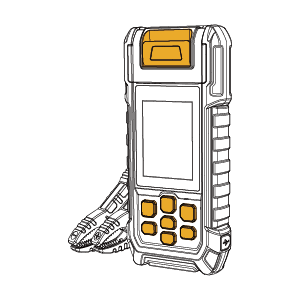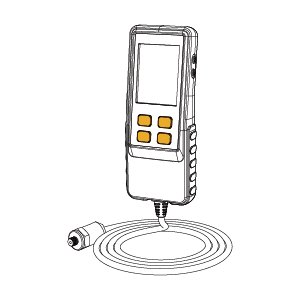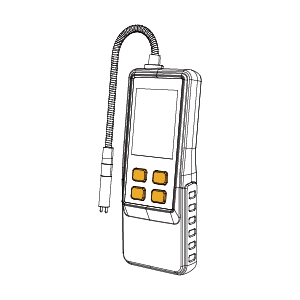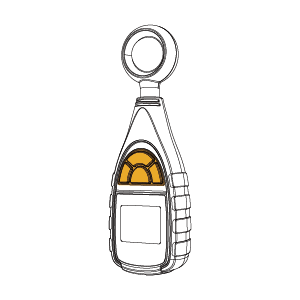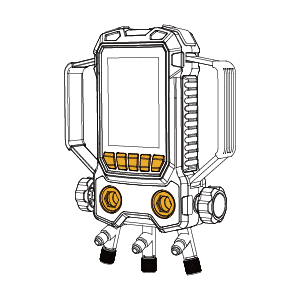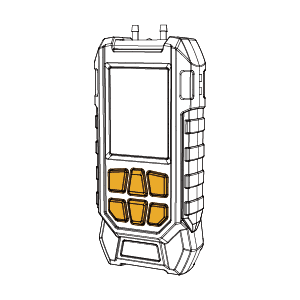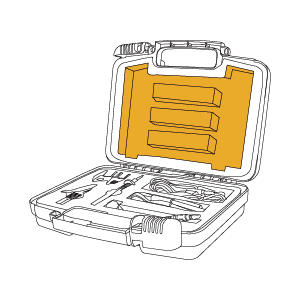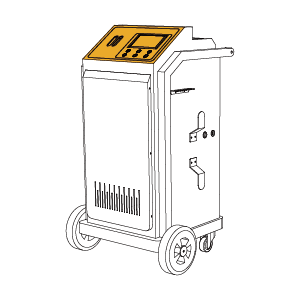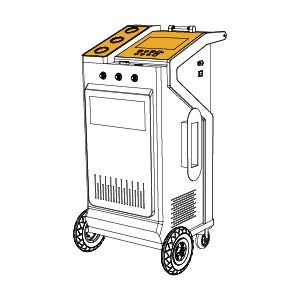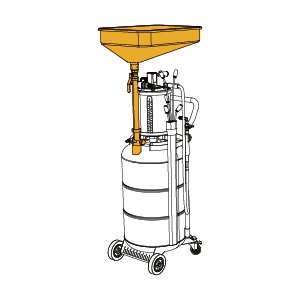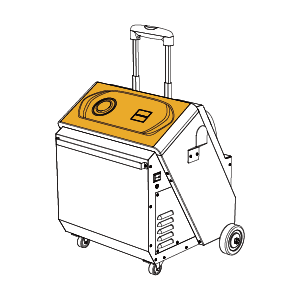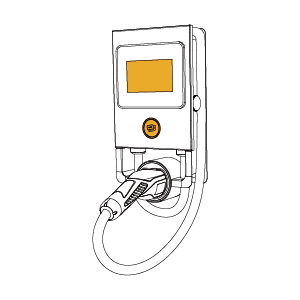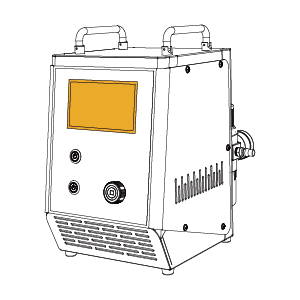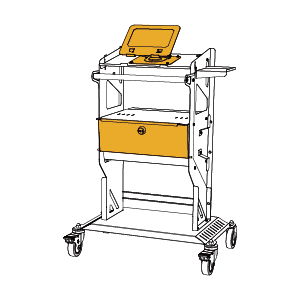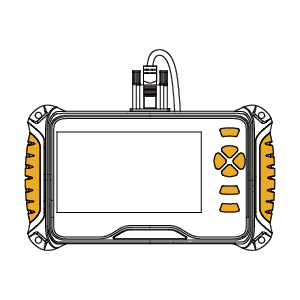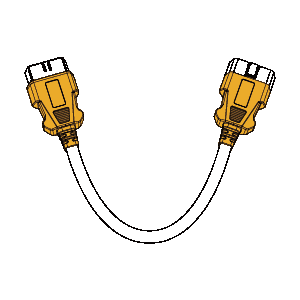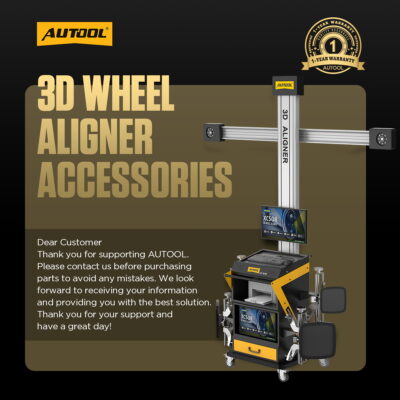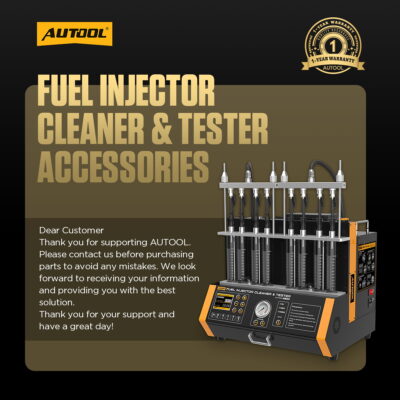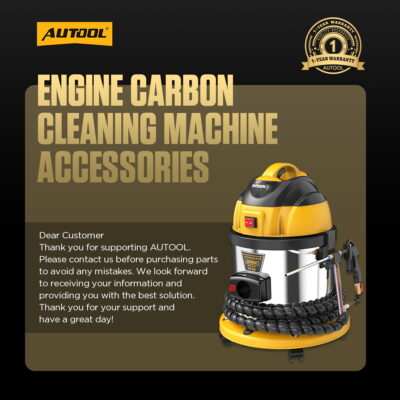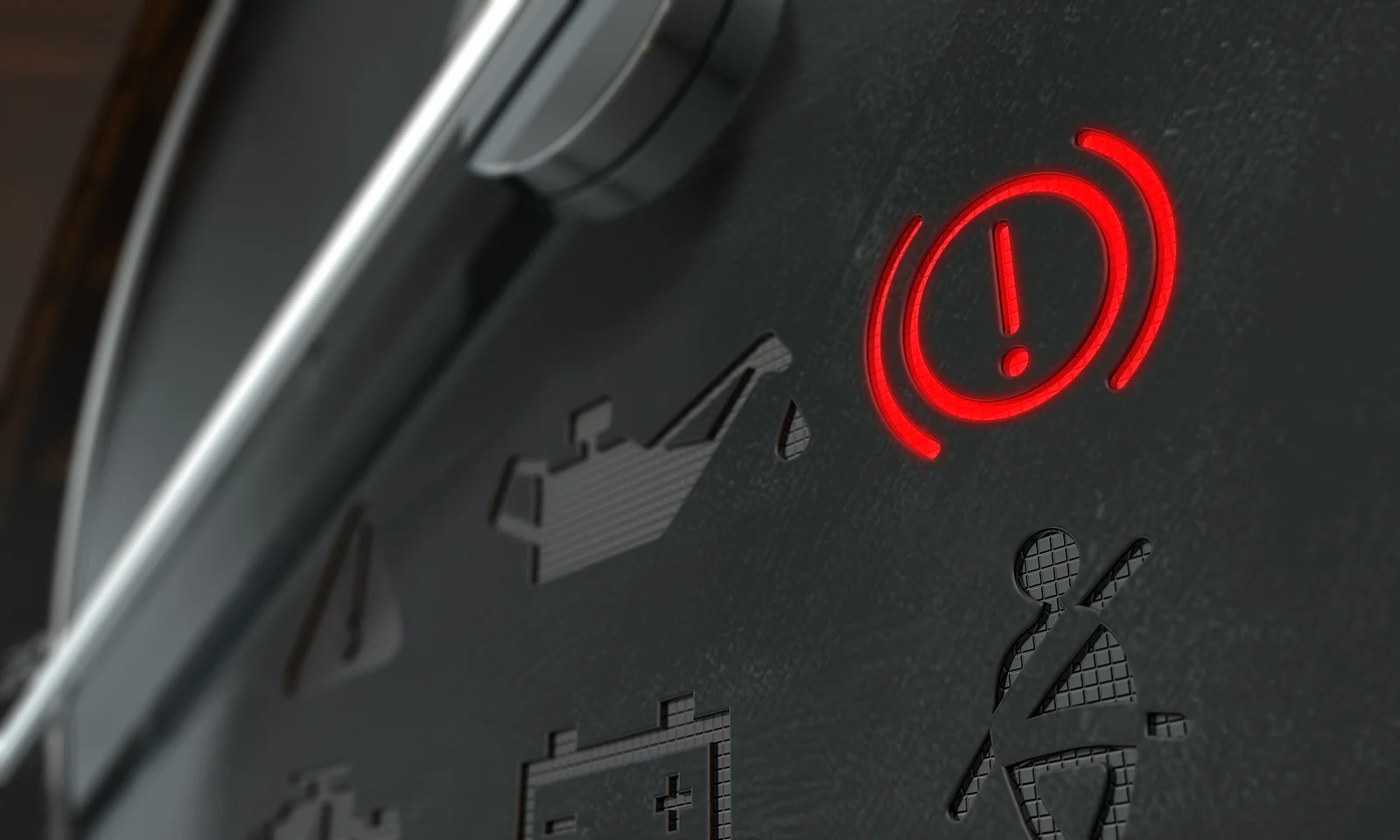Repair Information, Uncategorized
Five brake System maintenance tips! 90% of drivers ignore it!
Components and working principle of the brake system
The braking system of a typical car or light truck consists of four separate components. Each component works in conjunction with the other to provide a complete braking system for the vehicle. Brake system (also known as “braking system”) The braking system slows down or stops the car as needed, enabling it to stop on various road conditions, stabilize when parked, and maintain control while driving downhill.
Brake components include pads, discs, and calipers. Modern disc brakes utilize one or two calipers and a rotor per wheel. Engaging the brake pedal compresses the caliper against the disc, generating friction that slows the vehicle.
- Brake fluid, master cylinder, and lines are crucial for the braking system, as brake fluid transmits force. The master cylinder applies pressure through the fluid to the caliper, leveraging the incompressibility of liquids.
- Parking brakes, or emergency brakes, operate independently from the pedal brake, using mechanical or electric systems to engage the calipers or discs, ensuring the vehicle remains stationary when parked.
- The Anti-lock Braking System (ABS) can be fitted to any hydraulic brake-equipped vehicle. It employs a rubber airbag within the valve body to manage brake fluid pressure during application, preventing wheel lock-up and maintaining steering control.
Why is brake system maintenance critical?
The brake system maintenance of tips
Below, we’ll give you five top tips for in-depth brake maintenance.
- Monitor your vehicle’s braking system: Pay attention to sounds, vibrations, and odors, particularly during braking, as they may indicate potential issues. Test the brake pedal in a safe area to ensure it remains firm and responsive. Confirm that the brake lights activate when the pedal is pressed.
- Change brake fluid regularly: Brake fluid absorbs moisture over time, lowering its boiling point and compromising braking efficiency. It’s advisable to replace it every 2-3 years using a product that meets manufacturer specifications. The replacement process requires specialized tools to remove air from the system for optimal performance.
- Inspect brake pads and discs: These components generate friction and directly influence braking performance. Regularly check pad thickness and replace worn pads. Address unevenly worn or deeply grooved discs promptly. Use visual inspection or professional tools to assess wear, replacing pads below the specified limit and ensuring discs are flat and undamaged.
- Examine brake lines: Proper sealing of brake lines is essential for system functionality. Look for leaks, deterioration, or cracks to ensure smooth pressure transmission. Replace any faulty lines immediately to prevent brake fluid loss and performance issues.
- Maintain brake components: Regularly clean sub-pumps, guide pins, and other parts, applying grease to facilitate movement. Cleaning eliminates dust and impurities, while lubrication reduces friction and extends the lifespan of brake components.
Troubleshooting common brake problems
- Brake noise: It may be caused by serious wear of brake pads or scratches on brake discs, and recommended to check and replace them in time.
- Weak braking power: mostly caused by brake fluid deterioration or brake disc wear, brake fluid level and quality should be checked immediately.
- Brake shaking: deformed brake discs may cause shaking, damaged brake discs should be replaced or calipers should be readjusted.
Brake System Maintenance Intervals
The maintenance intervals for the brake system may vary for different car models and usage environments. Recommend to inspect the brake system every 10,000 to 20,000 kilometers and perform comprehensive maintenance every 40,000 to 60,000 kilometers.
Shorten maintenance intervals for vehicles subjected to harsh conditions like hard braking, heavy use, or dusty and wet environments.
City vehicles, with frequent starts, stops, and traffic congestion, use the brake system more often, requiring shorter maintenance intervals. Highway vehicles, though braking less frequently, experience higher loads during long high-speed drives and also need regular maintenance.
In addition, driving habits will also affect the maintenance cycle of the brake system. Aggressive driving and hard braking accelerate brake wear, necessitating more frequent maintenance.
Brake Maintenance Considerations
- For brake system maintenance, use OEM pads for optimal performance and reduced wear.
- After replacing the brake pads, pump the brakes to remove any gap, ensuring immediate effective braking.
- we recommend performing brake maintenance every 20,000 kilometers or annually to ensure the brake system’s proper function and driving safety.
Maintaining your car’s brake system is a big deal for driving safety, so don’t be sloppy about it. Regularly maintain your brakes to ensure optimal condition for your safety and that of others.
We hope that the above brake maintenance tips can help you so that every time you travel without worry!
related blog




